As awareness of microplastic pollution continues to grow, the design and construction industries are under increasing pressure to adapt. Many common interior materials are now being scrutinized for their environmental and health impacts. Architects and sustainability experts predict that a shift toward cleaner, more natural materials is already underway. In a few short years, some once-popular choices could disappear from homes entirely.
1. Vinyl Flooring

According to ArchDaily, vinyl flooring is expected to decline rapidly as concerns about microplastic shedding intensify. While durable and inexpensive, vinyl contains synthetic polymers that can break down into harmful particles over time. As alternatives like reclaimed wood and natural linoleum gain popularity, vinyl’s reputation continues to suffer. Architects are steering clients toward more sustainable flooring choices whenever possible.
Vinyl flooring has long been prized for its waterproof properties. However, its chemical makeup presents major environmental challenges. Natural alternatives now offer similar performance without the hidden risks. In a post-microplastic world, vinyl will likely become an outdated option.
2. Acrylic Countertops

The American Institute of Architects (AIA) notes that acrylic-based surfaces are falling out of favor due to microplastic pollution concerns. Acrylic countertops, often marketed under brand names like Corian, contain petrochemical-derived resins that can release microscopic particles. Stone, recycled glass, and sustainably sourced wood are being embraced instead. Clients are prioritizing authenticity and eco-friendliness in their designs.
While acrylic surfaces offer easy maintenance and a sleek look, their environmental footprint is hard to ignore. Natural stone and composite surfaces offer longer lifespans and fewer emissions. Architects are helping clients weigh durability against environmental costs. The trend is moving decisively toward non-plastic alternatives.
3. Polyester Upholstery

According to Dezeen, polyester fabrics used in sofas, chairs, and drapes are on their way out. Despite their affordability and stain resistance, polyester textiles shed fibers during both use and cleaning, contributing heavily to indoor and outdoor microplastic pollution. Designers are turning to organic cotton, hemp, and responsibly sourced wool instead. These materials offer better breathability and a lower environmental impact.
Polyester’s popularity peaked during the age of convenience-focused consumerism. Now, durability and sustainability are becoming top priorities. Natural fibers provide comfort without the hidden environmental cost. As buyers become savvier, polyester’s role in interiors will shrink.
4. Polyurethane Foam Insulation

Green Building Advisor warns that polyurethane spray foam, once a go-to insulation material, is under increasing scrutiny. Its chemical composition, high embodied carbon, and potential to emit microplastics make it a problematic choice for eco-conscious builders. Natural wool, cellulose, and hemp insulation are being promoted as safer alternatives. Architects are focusing on breathable, renewable materials to improve indoor air quality.
Polyurethane foam offers excellent thermal performance but at a high environmental cost. It can trap moisture, leading to long-term structural issues. Natural insulation options offer comparable R-values with far fewer downsides. As green building standards evolve, polyurethane will fall out of favor.
5. Laminated Particleboard Furniture
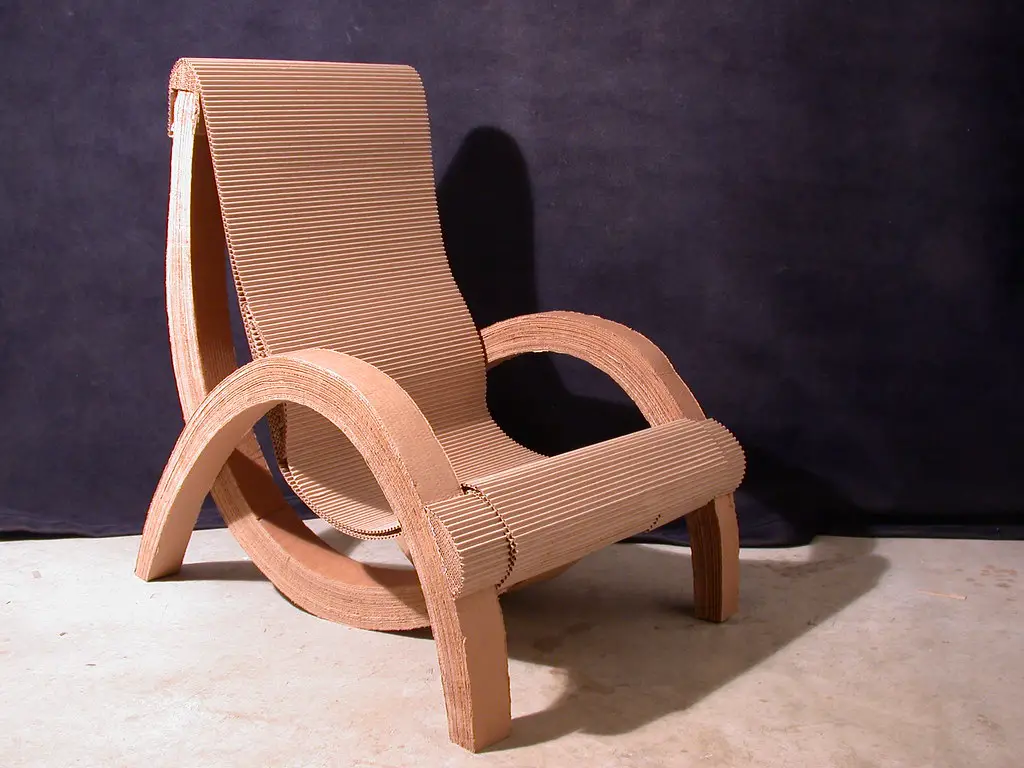
Cheap particleboard furniture, often coated in thin plastic laminate, is beginning to lose appeal. These pieces break down quickly and can release both microplastics and volatile organic compounds (VOCs) into indoor environments. Solid wood and metal furniture are regaining popularity as durable, eco-friendly options. Longevity and sustainability are becoming new status symbols in design.
Homeowners are realizing that fast furniture carries hidden costs. Heirloom-quality pieces are now seen as smarter investments. Reclaimed and responsibly sourced materials offer beauty without guilt. The future points toward fewer disposables and more craftsmanship.
6. PVC Wall Coverings
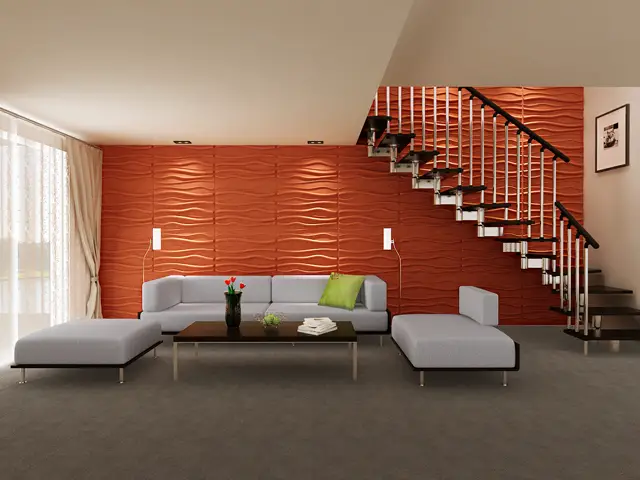
PVC-based wall coverings, once popular for their durability and design flexibility, are expected to vanish from modern homes. Like vinyl flooring, they are synthetic and prone to shedding microplastics over time. Designers are recommending clay plasters, organic paints, and textile wall treatments instead. These options create healthier indoor environments while reducing synthetic pollution.
Wall finishes are crucial for indoor air quality. Natural materials help regulate humidity and provide a more breathable atmosphere. Aesthetic trends are also leaning toward textures that feel authentic and earthy. PVC’s days as a wall solution are numbered.
7. Synthetic Carpet Fibers
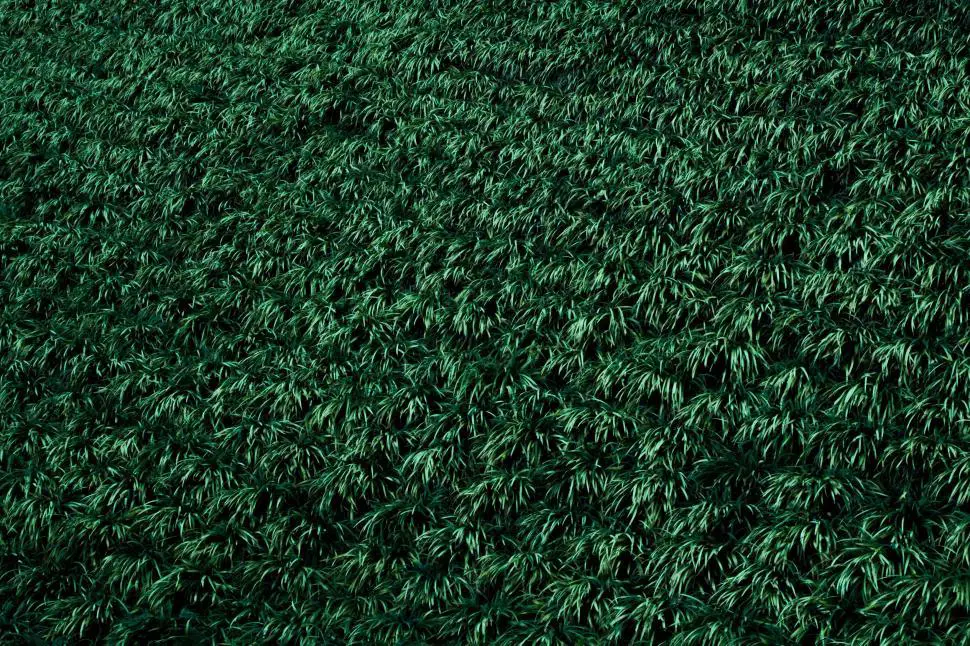
Nylon and polypropylene carpets dominate the flooring market but contribute significantly to microplastic pollution. They wear down over time, releasing fibers into indoor air and eventually the broader environment. Wool, sisal, jute, and other natural fibers are now leading the comeback. These options are prized for their durability, beauty, and sustainability.
Synthetic carpets also trap allergens and VOCs, contributing to poor indoor air quality. Natural fiber rugs age gracefully and biodegrade safely. Homeowners are increasingly willing to invest more upfront for long-term health benefits. This shift is reshaping the flooring industry.
8. Plastic Blinds and Shades
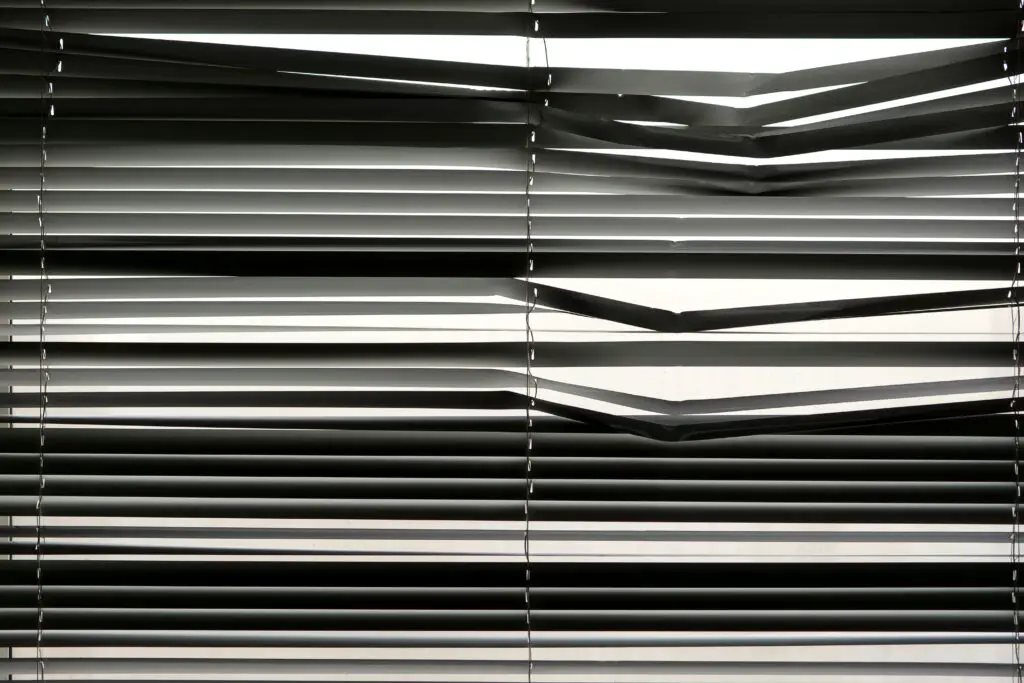
Plastic-based window treatments are cheap and widely available, but they break down under UV exposure and constant use. Microplastic particles can accumulate in indoor dust, creating hidden health risks. Wood, bamboo, and organic textile shades are taking their place in eco-forward designs. These materials offer better aesthetics and a much smaller environmental footprint.
Window coverings play a major role in setting a room’s tone. Natural options add warmth and texture while improving sustainability credentials. Plastic’s brittleness and discoloration over time make it an increasingly poor choice. Expect plastic blinds to fade from the market along with their popularity.
9. Epoxy Resin Finishes
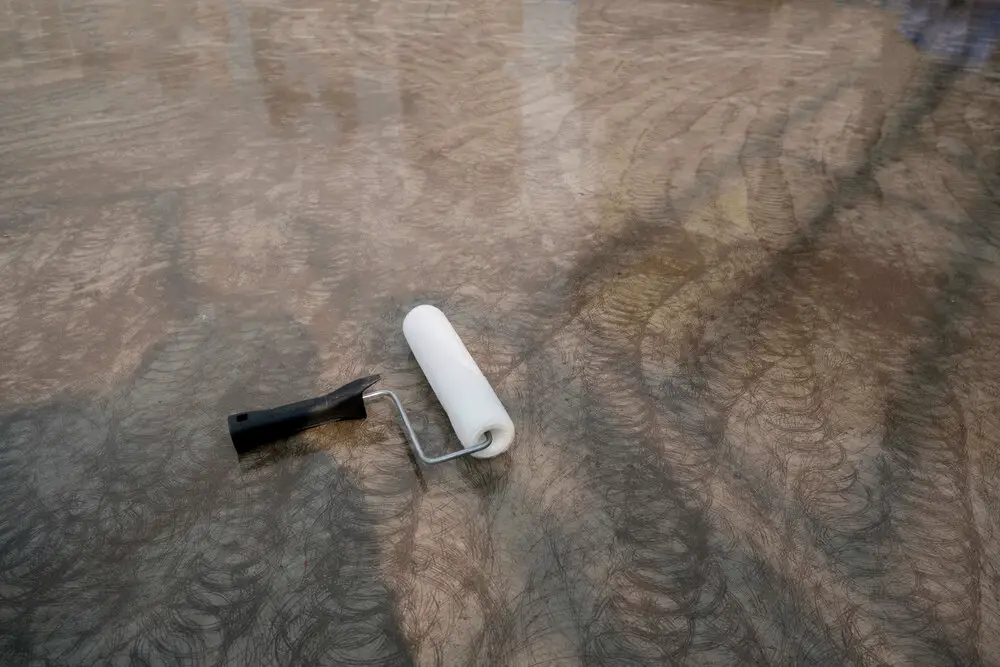
Epoxy resins, used for countertops, floors, and artistic installations, contain synthetic polymers that can degrade into microplastics. Despite their glossy appeal, they come with high environmental costs both during manufacture and over their lifespan. Concrete, stone, and reclaimed wood are gaining favor as more sustainable finishing materials. These choices offer durability without hidden pollution.
Epoxy’s chemical emissions can also affect indoor air quality. Natural surfaces weather gracefully and develop character over time. Clients seeking authenticity are rejecting high-shine plastics. Environmental pressures are pushing epoxy out of interior design.
10. Plastic-Based Kitchen Backsplashes
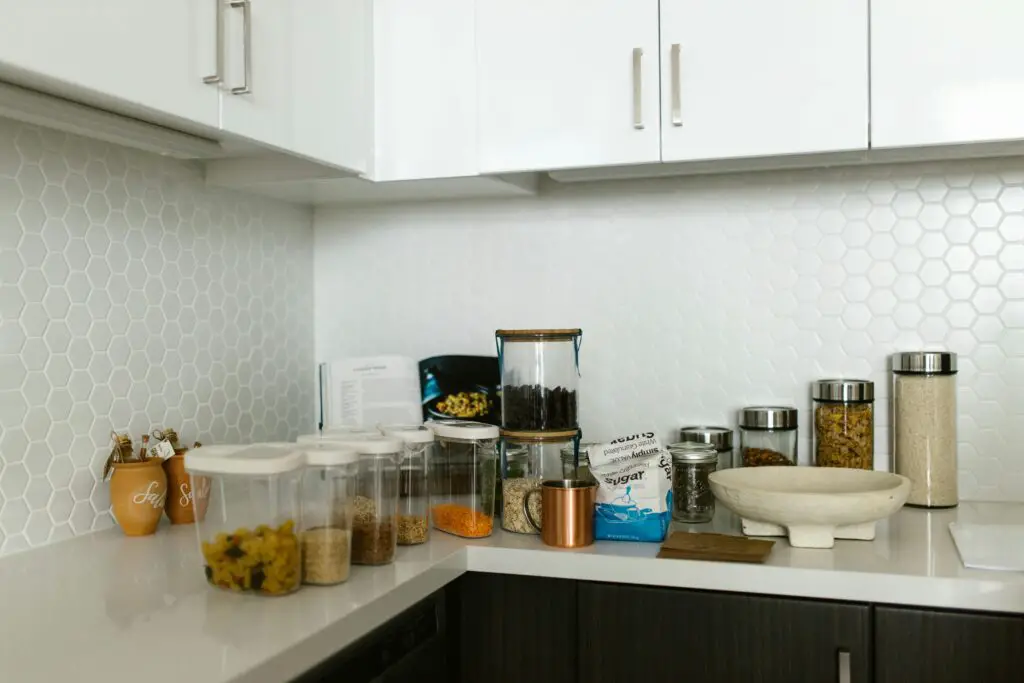
Plastic composite backsplashes, designed to mimic tile or stone at a lower cost, are falling out of favor. They often warp, discolor, and release microplastics when cleaned with abrasive tools. Genuine ceramic tile, natural stone, and glass mosaics are becoming the standards for sustainable kitchens. Beauty and longevity are reclaiming center stage.
Kitchens are the heart of the home and deserve materials that last. Investing in authentic finishes improves both resale value and daily living experience. Plastic imitators can no longer compete with the real thing. Future kitchens will favor craftsmanship over convenience.
11. Acrylic Paints with Plastic Binders
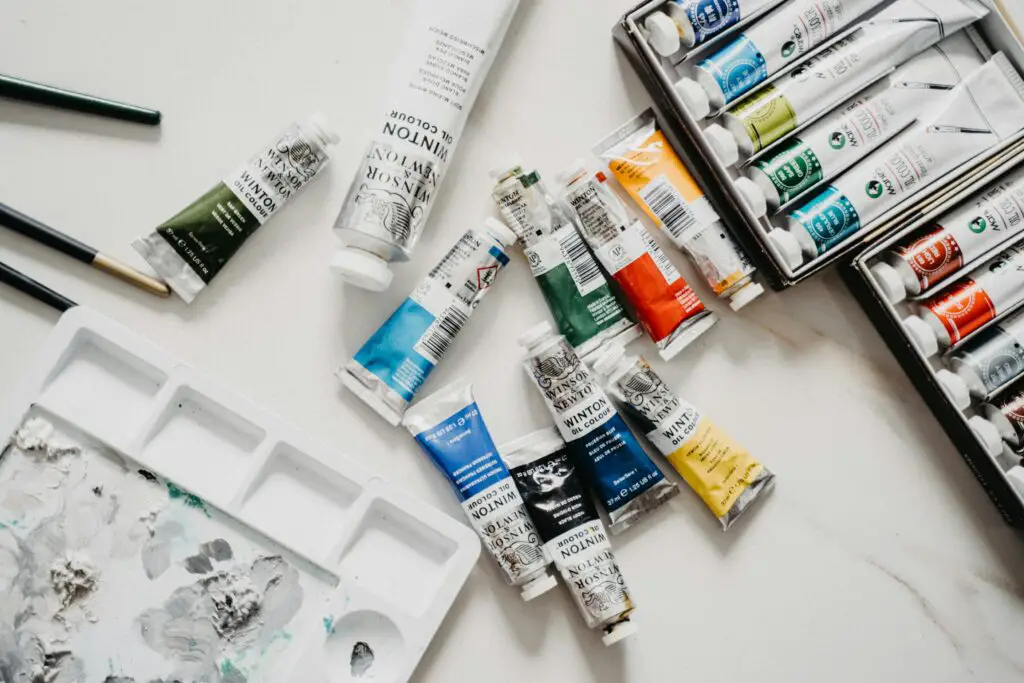
Many conventional interior paints use acrylic or vinyl binders that release microplastics over time as walls age and flake. Eco-conscious homeowners are opting for paints made from natural minerals, clays, and plant oils. These options offer rich colors with minimal environmental impact. Architects are advocating for low- or no-VOC options as the new standard.
Paints are often overlooked sources of indoor pollution. Natural formulations provide healthier, longer-lasting finishes. The market is growing rapidly for eco-certified paints that meet strict green building standards. Acrylic-heavy options will lose ground in a more mindful marketplace.
12. Plastic Shower Curtains
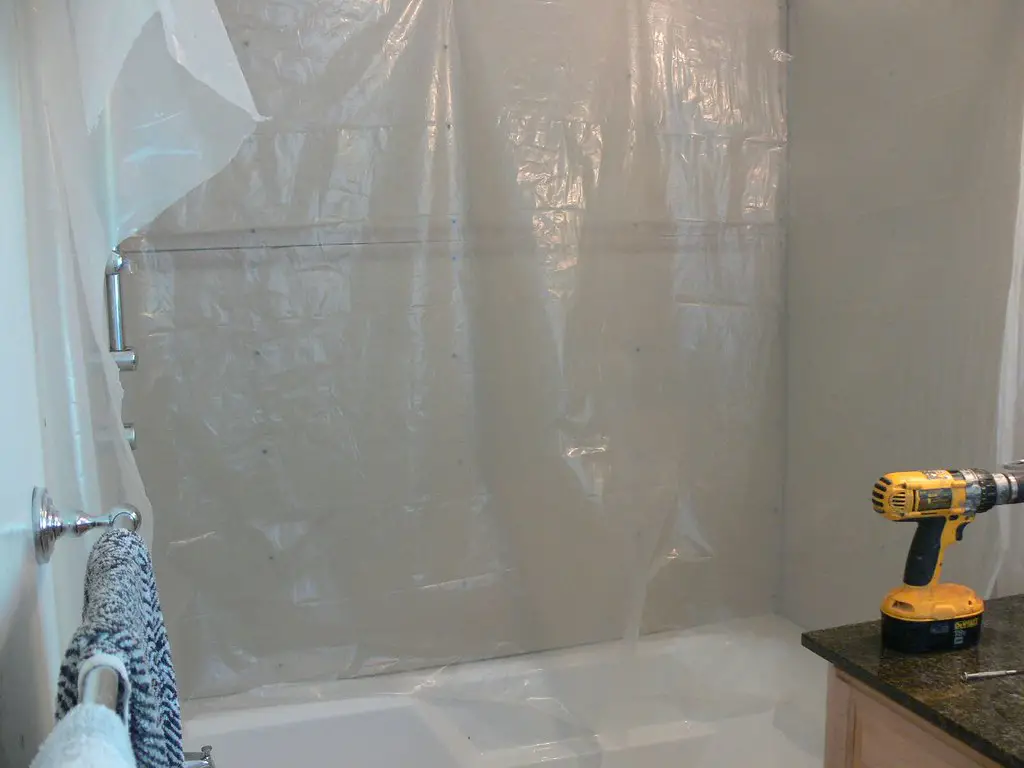
Vinyl and plastic shower curtains are notorious for releasing chemicals and degrading into microplastics with regular use. Alternatives like organic cotton, hemp, or linen curtains with natural waterproofing treatments are gaining ground. These options last longer and pose fewer risks to health and the environment. Bathrooms are becoming cleaner and greener as a result.
A simple swap can make a big difference in indoor air quality. Natural fiber curtains can be washed and reused for years. Style is also evolving toward softer, more organic bathroom aesthetics. Plastic curtains are headed for extinction in eco-savvy homes.
13. Faux Leather Upholstery
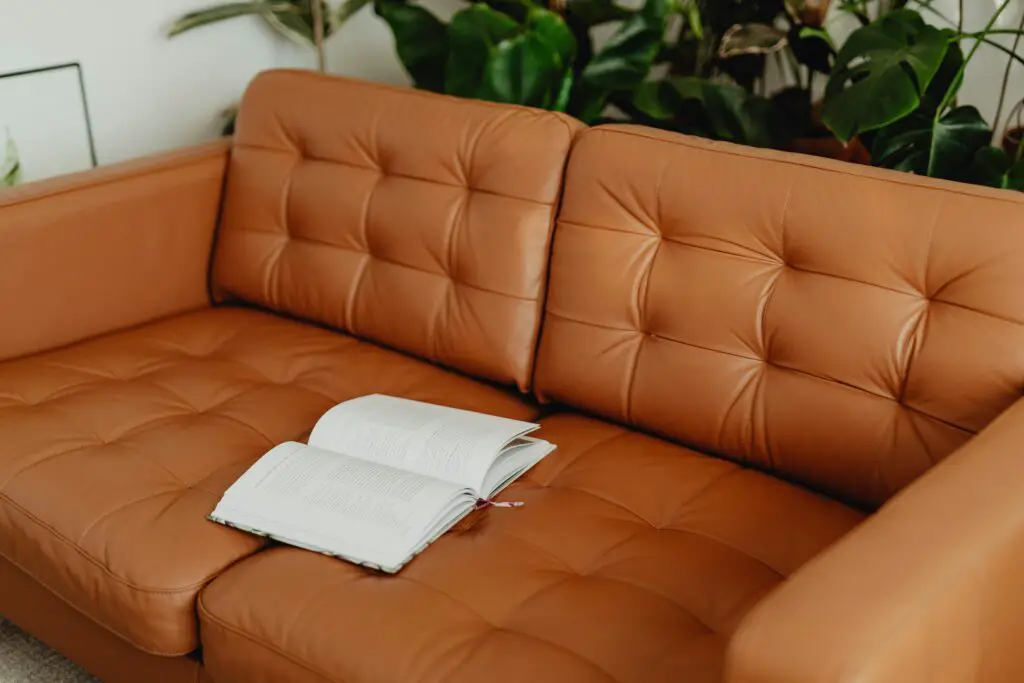
Synthetic leather, often made from PVC or polyurethane, is another major microplastic offender. Though marketed as a cruelty-free alternative, faux leather often cracks, sheds particles, and ages poorly. Designers and clients alike are turning to vegetable-tanned leather, cork leather, or high-quality fabric upholstery instead. Authenticity and longevity are winning out over cheap imitations.
Faux leather’s environmental costs outweigh its short-term benefits. Sustainable alternatives offer similar looks with far less waste. Consumers are becoming more aware of greenwashing in home products. In the future, real craftsmanship will trump synthetic shortcuts.
